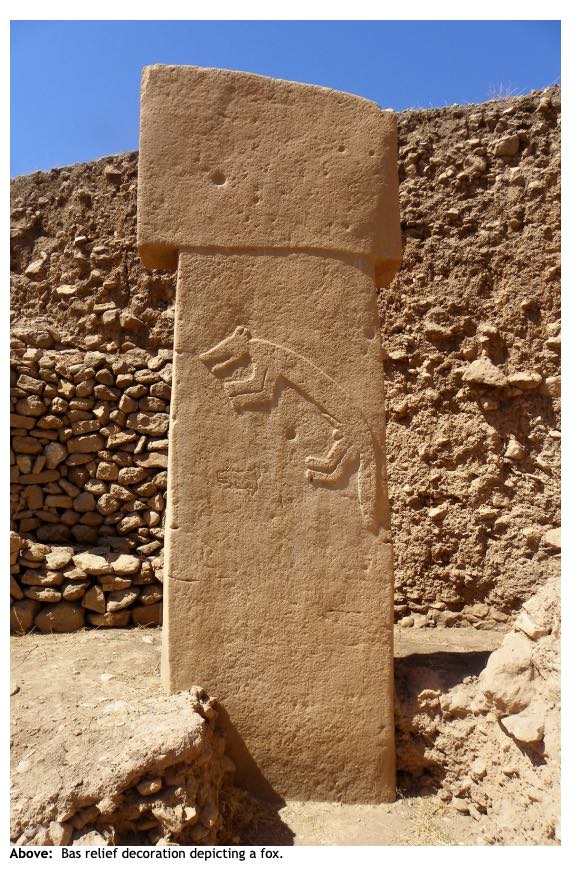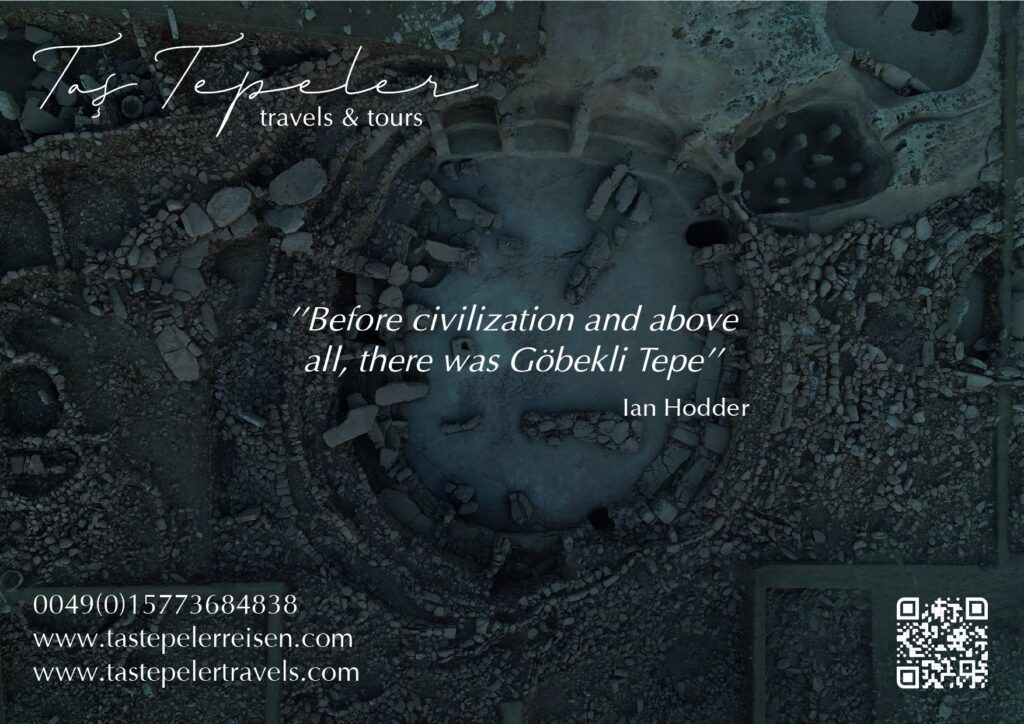
Preliminary Site Conservation Inspection and First Mortar and Plaster Documentation Report
The circa 150-meter-long and 300-meter-wide Early Neolithic site of Göbekli Tepe (Belly Hill) is situated about 15 kilometers northeast of the modern city of
Şanlıurfa in southeastern Turkey at the highest point of an elongated mountain range. Since 1995, archaeological work by the German Archaeological Institute (DAI) has been carried out under the direction of Prof. Dr. Klaus Schmidt. Göbekli Tepe is not a settlement but a sanctuary, probably a regional centre where communities met to engage in complex rites. This interpretation is supported by the fact that the annual excavation seasons since project inception have provided no evidence of residential buildings or fortifications but exclusively monumental, megalithic stone circles dating to the Pre-Pottery Neolithic period (10th – 9th millennium B.C.). That the sophistication in construction evidenced at the site existed in this period, one of the most important in the history of humankind at the dawn of sedentary and farming communities, makes Göbekli Tepe arguably one of the most important sites under investigation today.


